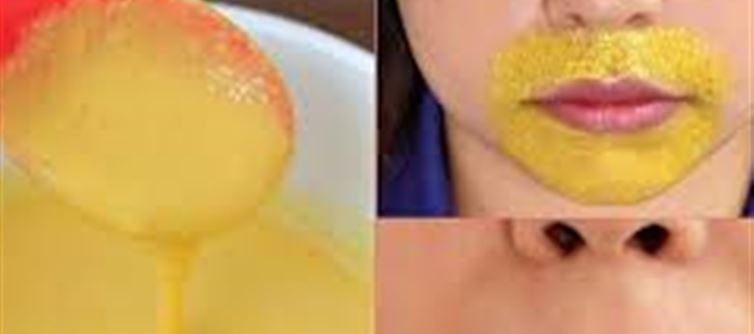
1. Why Remove Upper Lip Hair Naturally?
Removing upper lip hair can boost confidence and smoothen your skin, but many dread the pain and cost of salon treatments. Luckily, gram flour offers a gentle, natural alternative you can try at home.
2. What You’ll Need: Simple Ingredients
2 tablespoons of gram flour (besan)
1 tablespoon of turmeric powder (optional for skin brightening)
1-2 tablespoons of milk or rose water
3. How to Make the Paste
Mix gram flour, turmeric, and milk/rose water into a smooth, spreadable paste. Adjust the consistency so it’s thick enough to stick to the skin but easy to apply.
4. How to Apply: The Gentle Way
Apply the paste evenly over your upper lip. Let it dry completely — usually 15-20 minutes. As it dries, it grips the fine hairs.
5. Remove the Paste: Painless Hair Removal
Once dry, gently rub off the paste in circular motions using your fingers or a damp cloth. You’ll notice the fine hair coming off with the paste — all without waxing pain!
6. Benefits Beyond Hair Removal
Gram flour also exfoliates dead skin cells, turmeric helps reduce pigmentation, and milk/rose water soothes the skin, leaving your upper lip soft and glowing.
7. How Often Should You Do This?
For best results, repeat this natural treatment 2-3 times a week. Consistency helps reduce hair regrowth and keeps skin smooth.
Bonus Tip: Always do a patch test before trying any new natural remedy to avoid irritation.
Disclaimer:
The views and opinions expressed in this article are those of the author and do not necessarily reflect the official policy or position of any agency, organization, employer, or company. All information provided is for general informational purposes only. While every effort has been made to ensure accuracy, we make no representations or warranties of any kind, express or implied, about the completeness, reliability, or suitability of the information contained herein. Readers are advised to verify facts and seek professional advice where necessary. Any reliance placed on such information is strictly at the reader’s own risk..jpg)




 click and follow Indiaherald WhatsApp channel
click and follow Indiaherald WhatsApp channel